Joggins Fossil Cliffs
On the coast along the Bay of Fundy in Nova Scotia, important for its extensive fossil record of the Carboniferous Period.

On the coast along the Bay of Fundy in Nova Scotia, important for its extensive fossil record of the Carboniferous Period.

A 19th-century charitable institution in Neoclassical style, with magnificent 20th-century murals by José Clemente Orozco.

A cliff-side location with many well-preserved fossils from the period when species moved from sea to land.

Two early and fine examples of Neoclassical architecture, designed by Thomas Jefferson, 3rd president of the US.
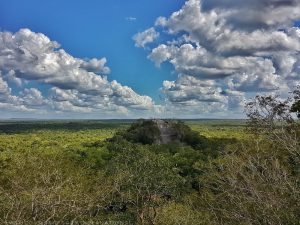
Extensive ruins of a Maya city inside a huge biosphere reserve.

A huge trans-national site, significant in terms of geological processes, ecological zones, biodiversity and beauty.

A centuries-old Puebloan community that still practices the traditional ways, living in distinctive adobe houses.

A colorful colonial-era town of Baroque architecture and its church complex with Mexican Baroque murals.

A site used for 6,000 years by Plains people to hunt buffalo by driving them over a cliff.

An area of coral reefs, cays, atolls and other features supporting a huge variety of flora and fauna.

A charming 18th-19th-century British colonial fishing settlement with colorful wooden buildings.

Two-thousand-year-old earthworks that demonstrate the Hopewell people’s knowledge of geometry and astronomy.

A remarkable achievement in earthen construction by hunter-gatherers more than 3000 years ago.

Home to a centuries-old culture of agave cultivation for production of Tequila.
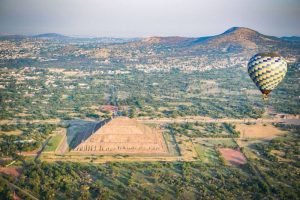
A city of magnificent pyramids and temples left by an ancient civilization.

Five historical mission churches from the Spanish colonial period in Texas.

An enormous cave system containing intricate rock formations that demonstrate. millions of years of geological processes.
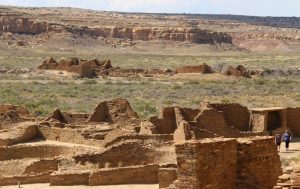
Well-preserved prehistoric architecture that also demonstrates ancient Puebloans’ knowledge of astronomy.

A vibrant Spanish colonial city and an ancient pre-Columbian city.

A large and beautiful park containing mountains, old-growth forests, temperate rainforests and beaches.

A large protected area of great scenic beauty and species diversity.

A colorful Spanish colonial town surrounded by fortifications.

Two Baja California lagoons used by gray whales for giving birth and mating.

The largest and earliest pre-Columbian city in North America.

An intact Renaissance city full of Spanish-colonial baroque architecture.

Ruins of ancient cliff dwellings used over a thousand years ago by Ancestral Pueblo people.

A natural cave complex with extensive and varied rock formations.

A site containing fossils of the earliest complex organisms, marking an important turning point in evolutionary history.

An agricultural area that commemorates the history of the Acadians and their expulsion from Canada.

A colonial-period silver-mining center, with subterranean streets and Baroque architecture.
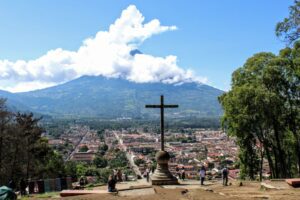
A lovely city that illustrates Spanish colonial-era architecture, city planning, and culture.

Four sets of pre-Columbian ruins that exemplify Mayan art and architecture when Mayan civilization was at its height.

Once the capital of a vast Mayan kingdom, now a large complex containing beautiful ruins of altars and stelae.

A Spanish colonial city: the first permanent European settlement in the Western Hemisphere.

Seven parks encompassing all the grandeur of the Canadian Rockies with magnificent mountain scenery.
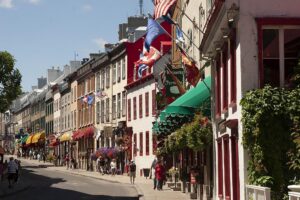
North America’s only fortified colonial city, with an intact core, some of which dates back to the 17th century.